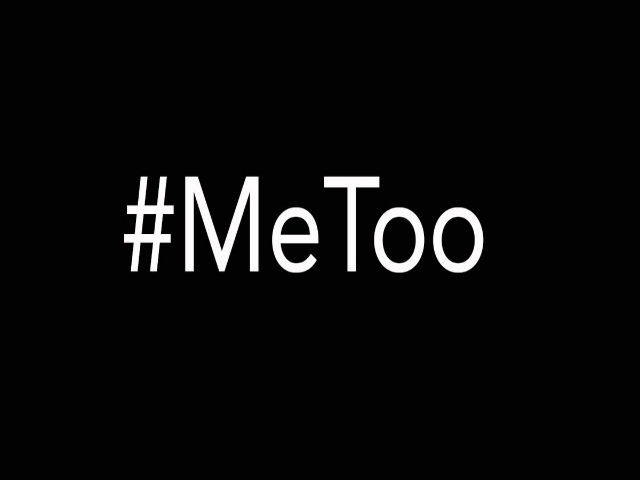The current news is a hit parade of bad PR for United Airlines and Uber. Two weeks ago, the social universe went wild when a United employee rejected two teen passengers for wearing leggings. In the aftermath, while fumbling for a coherent response, the airline said the two were “pass riders”—employees or friends of the airline—and were thereby required to adhere to a dress code as representatives of the company’s brand. “To our regular customers, your leggings are welcome,” they said. The response was too little, too late and too confusing to mollify the social media storm.

Earlier this week an even bigger crisis erupted when a boarded passenger refused to leave an overbooked flight, with video emerging of the wailing passenger being physically dragged through the aisle. Again, the airline’s handling of the crisis has left customers and observers angered or even outraged.
Despite the PR backlash, however, the airline’s stock has been unaffected with shares closing slightly up for each of these days. Said CFRA analyst Jim Corridore: “…We think this situation was handled in a deplorable fashion, but note that United has the right to refuse boarding to any passenger for any reason…We hope United will respond with apologies and procedural changes. Overall, we think demand for UAL flights are unlikely to be affected by this poor customer service incident.”
In a similar vein, Uber has endured a record season of terrible coverage. CEO Travis Kalanick has been rebuked for taking employees to a Korean escort bar. There’s been a wave of firings and departures blamed on sexism and sexual harassment, followed by the piece de resistance, video of the CEO behaving extremely badly as the passenger of an Uber-employee driven car.
The media, of course, has gone wild, leading to a wave of coverage so ugly ReCode reporter Kara Swisher noted jokingly on CNBC, “…if Travis saved a kitten from a tree these days, he’d be accused of animal abuse.” She reported being stunned by the the responses of an Uber investor who seemed to mirror the opinion of multiple others, both inside and outside the company, “If the PR were better, it wouldn’t be like this.”
Seriously? For every entrepreneur, there is a critical lesson in these PR misadventures. PR is not the cause (nor is it the solution) of your company’s woes.
Yes, the media can “pile on” with a vengeance so stunning it seems like nothing but PR wizardry could quell the disaster when a landslide begins. And yes, it can feel like the cards are unfairly stacked in situations where disgruntled employees or bystanders get widespread attention with ease, while corporations must adhere to HR, SEC and legal requirements before they respond. Regardless, there are some guiding principles here for entrepreneurs:
- Recognize that at the core of every PR crisis is a kernel of truth. Own it. Perhaps the company policy of no leggings was outdated or badly specified. The overbooking situation should have been dealt with outside of the plane. United Chief Executive Oscar Munoz did acknowledge the passenger dragging episode was “an unfortunate event.” But he should have gone much further. The majority of missteps that would otherwise die a small death become crises when organizations are arrogant, ignore their customers’ feelings or refuse to respond.
- Remember that brands are built or destroyed one interaction at a time. David Corbin, the author of “Preventing BrandSlaughter,” says “It’s highly unlikely anyone at United would train an employee to mistreat a passenger in such a heinous way. We recommend integrating an ABI (Audit of Brand Integrity) that has employees review potential customer interactions for the ways they can best represent the brand and company values. Don’t leave these situations to chance.” In a word, practice.
- Know that chronic PR crises are the sign of a deeper ailment. Jesse Stay, a Salt Lake City social media expert observed, “This is a time when both the PR departments and Customer Service departments need to be communicating with each other. And then they need to fix their business model to prevent this from happening again.” He notes that customer service expert Frank Eliason, author of “@YourService” said it best when he noted that fixing the business model is the best approach to fixing PR. Stay advises companies fix their processes and procedures to keep PR missteps from happening again and again.
- Get expert advice. Uber investor advice to “get a crisis PR firm” was somewhat well informed in that this, of all times, is a time to call in trusted and expert voices who are not emotionally embroiled in the fray. Ideally, of course, you should vet and align with trusted resources in advance of a crisis. A great advisor will serve as a cool head and provide a business perspective. Less ideal are the PR providers who attempt to deflect or cover up a PR disaster with waves of do-good PR and scripted apologies that will often exacerbate the issue by fanning the flames.
- Do not attempt to use PR for “spin control.” The very notion that public opinion can be swayed by manipulation and trickery is inauthentic and even reprehensible. The presence of ubiquitous phone video and social media is making this even more true. Authentic (and empathetic) communication is the only way to unwind a situation effectively. Furthermore, customers will be watching for consistent evidence that the company’s apologies and commitments are sincere. Genuinely good behavior is the best way to resolve a string of disasters, but the deeper the slide, the longer the recovery period required.
Some observers have jokingly noted the best comfort in a PR disaster is the knowledge that someone else’s problem will take center stage soon enough. This is true. However, the far better solution is to handle a bad day in PR—whether it be one or many—with authenticity and skill.

Information about Cheryl Snapp Conner’s Content University program to help businesses and executives tell their stories better is available here.
Link to the original article: here.





